Liquid nitrogen, as an important substance widely used in multiple industries, the safety of its storage and transportation is of vital importance. Liquid nitrogen exists as a gas at normal temperature, but it can transform into a liquid at low temperatures. Therefore, temperature and pressure need to be strictly controlled during storage and transportation. Any minor management oversight can lead to leakage or accidents. Therefore, understanding the safety requirements for liquid nitrogen storage and transportation is crucial for ensuring operational safety, reducing accident risks, and safeguarding the lives of staff.
In this article, we will delve deeply into the safety requirements and best practices in the storage and transportation of liquid nitrogen. First, you will learn about the basic characteristics of liquid nitrogen and the risks it may bring. Then, it will detail how to choose the appropriate storage container, how to ensure safety during transportation, and effective measures to deal with emergencies. In addition, we will also provide specific operation and safety control methods to help enterprises avoid potential risks during the storage and transportation of liquid nitrogen.
With the continuous expansion of the application scope of liquid nitrogen, more and more enterprises are facing new challenges in the management of liquid nitrogen. By reading this article, you will obtain a comprehensive safety guide for liquid nitrogen storage and transportation, helping your enterprise enhance safety standards and optimize operation processes, while better protecting employees and equipment. We will also introduce MINNUO’s liquid nitrogen storage solution to help you achieve more efficient and safe liquid nitrogen management.
Basic Characteristics and risk Overview of liquid nitrogen
The definition of liquid nitrogen:
Liquid nitrogen is obtained by liquefying gaseous nitrogen at extremely low temperatures, and its boiling point is -196℃. Liquid nitrogen is mainly applied in multiple fields, especially in industries that require low-temperature storage and operation, such as refrigeration, freezing, food processing, medical care, and scientific research experiments. The core advantage of liquid nitrogen lies in its ability to provide efficient and pollution-free cooling effects while maintaining a stable low temperature.
The main characteristics of liquid nitrogen:
Extremely low temperature: The temperature of liquid nitrogen can reach as high as -196℃. Therefore, during application, it is essential to ensure the insulation of liquid nitrogen containers and equipment to prevent the materials of the equipment from becoming brittle due to excessive temperature differences.
Colorless, odorless and non-toxic: Liquid nitrogen does not contain any toxic gases under normal conditions and is widely used in multiple fields that require low-temperature treatment. However, its colorless and odorless characteristics also require strict attention to its potential impact on the environment during storage and transportation, especially changes in oxygen concentration.
High density and large volume: Liquid nitrogen has a relatively high density, so significant volume expansion occurs during the transformation process between liquid and gas states. When liquid nitrogen changes from liquid to gas, its volume can expand by approximately 700 times. This characteristic requires that the design of liquid nitrogen storage and transportation containers must take into account the expanded gas volume to avoid dangerous pressure changes caused by gas accumulation.
The application fields of liquid nitrogen
In the medical industry, liquid nitrogen is used for tissue cryopreservation during surgery and for preserving biological samples.
Food industry: It is used for freezing and preserving food, preventing cell damage and maintaining the original flavor of food.
In the field of scientific research, liquid nitrogen is widely used to cool experimental equipment and provide a low-temperature environment.
Potential risks of liquid nitrogen:
Low-temperature burns: Due to the extremely low temperature of liquid nitrogen, it will immediately cause frostbite or tissue damage when it comes into contact with the skin. Therefore, when handling liquid nitrogen, operators must wear protective equipment such as anti-freezing gloves and face masks.
Pressure variation hazard: The volume expansion characteristic of liquid nitrogen requires that its storage and transportation containers have sufficient pressure tolerance. If the container is not sealed tightly or is poorly designed, it may rupture due to gas expansion, or even explode.
Asphyxiation risk: When liquid nitrogen changes from liquid to gas, it consumes the oxygen in the surrounding environment. In a confined space, the evaporation of a large amount of liquid nitrogen may cause a sharp drop in the oxygen concentration in the air, which in turn may lead to asphyxiation accidents. Therefore, when using liquid nitrogen in a confined space, it is essential to maintain good ventilation and monitoring.
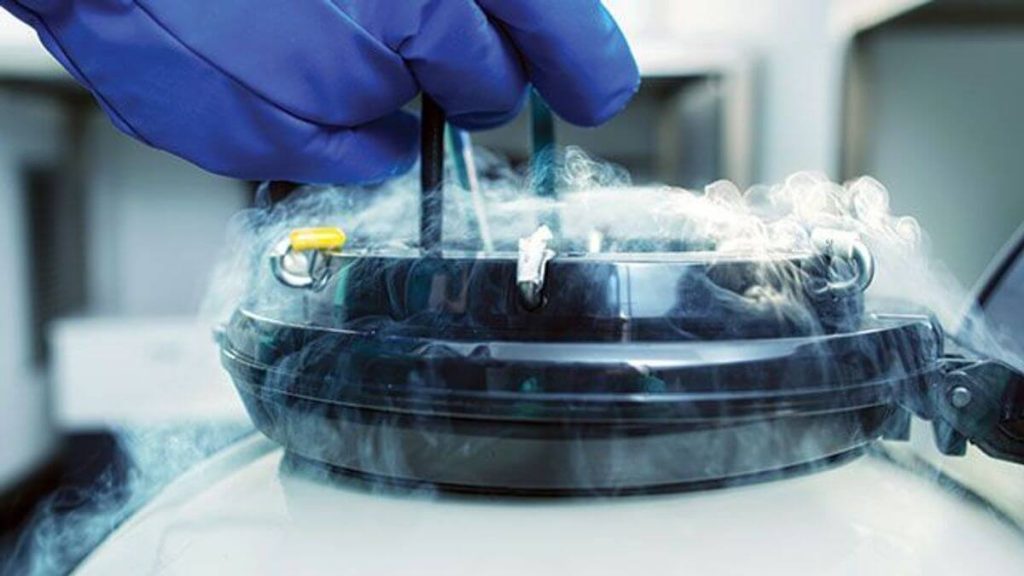
Safety requirements for liquid nitrogen storage
Liquid nitrogen is widely used in medical, scientific research, industrial and other fields due to its extremely low boiling point (-196℃). However, its special physical properties also bring significant storage security risks. To ensure the safety of personnel and the environment, it is crucial to strictly adhere to the following key safety requirements.
Select qualified dedicated storage containers
Core requirement: Certified containers specifically designed for storing liquid nitrogen, such as Dewar flasks or large liquid nitrogen storage tanks, must be used.
Reasons and key points
Thermal insulation performance: The dedicated container adopts high-efficiency thermal insulation designs such as vacuum interlayers to minimize the evaporation loss of liquid nitrogen and maintain low temperatures.
Pressure resistance and low-temperature resistance: The material and structure of the container must be able to withstand extremely low temperatures (to prevent cracking) and the pressure generated inside due to the evaporation of liquid nitrogen.
Key safety devices: Containers must be equipped with effective and unobstructed pressure relief devices (such as pressure relief valves). It is absolutely forbidden to block or completely seal these exhaust ports. This is the fundamental guarantee to prevent the container from rupturing or exploding due to the accumulation of internal pressure.
Capacity management: Follow the manufacturer’s guidelines, avoid overfilling (typically no more than 80%-90% of the container’s volume), and leave sufficient space for evaporating gas.
Ensure the safety of the storage environment
The core requirement is that the storage area must have good ventilation conditions and be kept away from potential hazard sources.
Reasons and key points
Preventing the risk of asphyxia: The continuous evaporation of liquid nitrogen into nitrogen gas (with a volume expansion of approximately 700 times) will rapidly dilute the oxygen concentration in a closed or poorly ventilated space, leading to asphyxia due to hypoxia. This is one of the most serious risks in liquid nitrogen storage.
Ventilation standards: The storage area should be designed with natural or forced ventilation facilities to ensure air circulation and timely discharge of nitrogen. It is strictly prohibited to store liquid nitrogen in closed Spaces such as basements and small rooms without ventilation.
Oxygen monitoring (Recommended) : For fixed large storage areas or places with limited ventilation conditions, it is strongly recommended to install fixed oxygen concentration monitoring alarms (the alarm threshold is usually set at 19.5% oxygen concentration) to provide early warning.
Keep away from heat sources and fire sources: The storage location should be away from open flames, heat-generating equipment (such as boilers, ovens), heating pipes and direct sunlight. High-temperature environments can accelerate the evaporation of liquid nitrogen and increase pressure risks.
Environmental cleanliness and moisture-proofing
Keep the ground in the storage area flat, clean and free of obstacles to prevent containers from toppling over.
Clear flammable materials and debris from the surrounding areas.
Try to keep the environment dry, reduce condensation and ground icing to prevent slipping and operational difficulties. Avoid water accumulation at the bottom of the storage tank.
Implement strict regular inspections and maintenance
The core requirement is to conduct systematic and regular inspections and maintenance of liquid nitrogen storage containers and their environments, which is the foundation for ensuring long-term safe operation.
Key points for inspection and maintenance
Daily inspection
Container appearance: Check for any dents, severe rust or mechanical damage.
Pressure relief device: Ensure that all exhaust ports and pressure relief valves are unobstructed, free from ice blockage and coverings.
Pressure indication (if equipped) : Observe whether the pressure gauge reading is within the normal range.
Liquid level and evaporation rate: Record the liquid level and pay attention to whether the evaporation rate increases abnormally (which may indicate the failure of the vacuum insulation layer).
Regular in-depth inspection (carried out according to the manufacturer’s recommended cycle, such as monthly/quarterly) :
Sealing performance: Check whether the sealing ring of the container cover is intact, elastic and free of aging cracks.
Vacuum performance: If an abnormal increase in evaporation rate is detected, the service should be immediately stopped and the supplier should be contacted to test the vacuum degree.
Pressure relief valve function test: In accordance with the requirements of the operation manual, under the guidance of professionals or by the supplier on a regular basis, test whether the pressure relief valve is working properly (do not test it at will).
Maintenance records: Establish and properly keep all records of inspections, maintenance, tests and repairs to facilitate tracking of equipment status and safety management.
Monitor key parameters
Core requirement: Pay close attention to the key parameters that can reflect the storage status.
Key points of monitoring
Pressure: If the container is equipped with a pressure gauge, the reading should be observed regularly. Persistent abnormal high pressure is a potential danger signal and the cause should be immediately investigated (such as clogged pressure relief valve, excessively high ambient temperature, or overfilling).
Temperature: Although the temperature of liquid nitrogen itself is constant, monitoring the temperature of the storage tank shell or the ambient temperature can help indirectly assess the insulation performance and environmental risks. Large-scale systems may be equipped with more comprehensive temperature monitoring.
Alarm system (Recommended) : For critical applications or large storage tanks, it is advisable to install over-limit sound and light alarm devices for liquid level, pressure or temperature to respond promptly to abnormal situations.
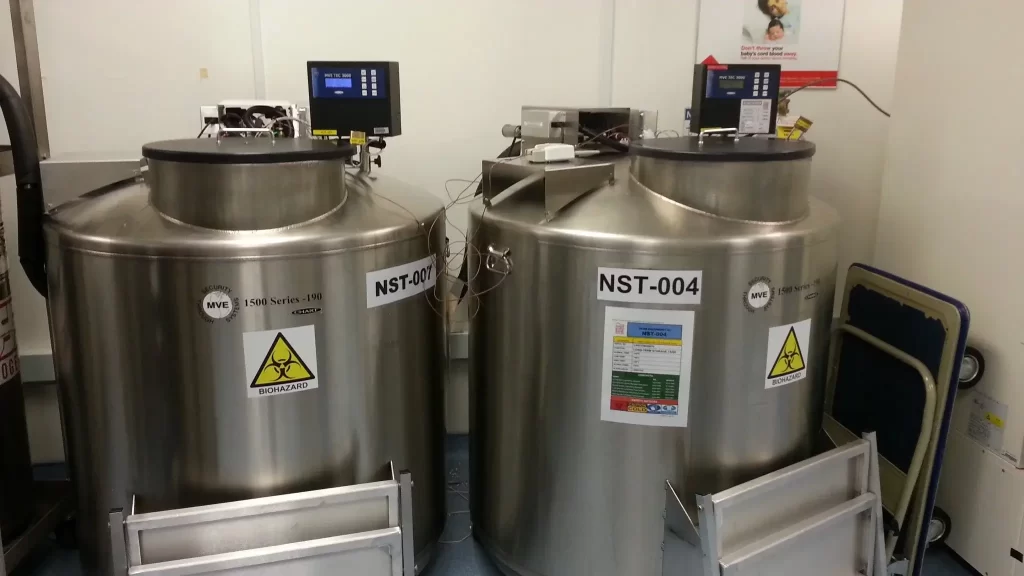
Safety measures during the transportation of liquid nitrogen
Liquid nitrogen (LN2) is stored and transported at an extremely low temperature of -196℃. Its unique properties, such as severe volume expansion and potential asphyxiation risks, make the transportation process a key link in the safety chain. Strictly adhering to the following core safety measures is the foundation for preventing accidents, protecting personnel, ensuring the quality of liquid nitrogen and the integrity of equipment.
Strict selection and inspection of transport containers
The core requirement is that specially designed and standard-compliant liquid nitrogen transport containers must be used.
Key point:
Certification compliance: Containers must meet national and international (such as DOT, ADR/RID) standards for the transportation of dangerous goods and have the corresponding certification marks.
Reliable structure: The material (usually stainless steel) must withstand extremely low temperatures (to prevent cracking) and internal pressure. The structural design must ensure impact resistance and prevent toppling during transportation.
Thermal insulation performance: It must be equipped with a highly efficient vacuum insulation layer or equivalent design to minimize liquid nitrogen evaporation (Boil off) during transportation, maintain low-temperature stability, and reduce the rate of pressure rise.
Safety pressure relief device: This is the lifeline! Containers must be equipped with effective and unobstructed pressure relief devices (pressure relief valves). Before departure and during transportation, it is essential to repeatedly confirm that the pressure relief channels are absolutely unobstructed (free from ice blockage and covering). No form of sealing or blocking is allowed.
Regular inspection and maintenance: Containers must undergo regular pressure tests, vacuum degree checks and comprehensive inspections in accordance with regulations and manufacturer requirements to ensure they are always in a safe and usable condition. Inspection records should be properly kept.
Pressure Management and Temperature Stability
Core requirement: Effectively control the internal pressure of the container and maintain the low-temperature state of liquid nitrogen.
Key point:
The pressure relief device is the core: it relies on a well-designed pressure relief valve to automatically release air when the pressure exceeds the safety threshold. Ensuring its normal function is the key to preventing overpressure rupture.
Avoid overfilling: Follow the maximum filling volume specified by the manufacturer (typically 80%-90% of the container’s volume). Reserve sufficient gas-phase space for the evaporation expansion of liquid nitrogen (with a volume ratio of approximately 1:700).
Insulation and protection: The protective layer and design on the outside of the container should minimize the invasion of external heat. Avoid prolonged exposure to high-temperature environments (such as direct sunlight) during transportation, as this will significantly accelerate evaporation and pressure rise. Use sunshade tarpaulins when necessary
Pressure monitoring (Recommended) : For long-distance or critical transportation, use containers equipped with pressure gauges and arrange for in-transit or fixed-point checks to ensure the pressure readings are within the normal range.
Transportation Route Planning and in-transit Operations
Core requirements: Choose a safe route, standardize driving operations, and minimize risks during the journey to the greatest extent.
Key point:
Route assessment: Prioritize routes with good road conditions, smoothness and less bumps. Avoid sharp bends, steep slopes and sections with severe potholes to reduce mechanical shock and shaking to the container.
Climate considerations: Try to avoid long-distance transportation in extremely hot weather. If it is unavoidable, try to arrange it in the early morning or at night when the temperature is lower. Pay close attention to weather forecasts and formulate emergency plans for severe weather (such as heavy rain, heavy snow, and strong winds), such as suspending transportation and finding safe stops.
Vehicle requirements: Transport vehicles should be in good condition, with reliable braking and suspension systems. Make sure the container is firmly fixed on the vehicle to prevent it from sliding, rolling or toppling over. Use a dedicated bracket or binding strap.
Smooth driving: The driver should operate smoothly and avoid sudden acceleration, sudden braking and sharp turns. Control your speed, especially in bad road conditions.
In-transit inspection (Important) : At safe stops (such as service areas), the driver should:
Quickly visually inspect the container’s appearance for any obvious signs of damage or leakage (abnormal frosting, white fog).
Confirm again that the pressure relief port/valve is unobstructed.
(If equipped) Check the pressure gauge reading.
Record the inspection situation.
Personnel Training and Emergency Preparedness
Core requirement: Transport personnel must possess sufficient knowledge, skills and equipment to deal with the risks of liquid nitrogen.
Key point:
Professional training: Drivers and related escort personnel must receive professional training covering the following contents:
Basic characteristics of liquid nitrogen (low temperature, expansion, asphyxiation risk).
The structure of the container used and the key points of operation (especially the importance of the pressure relief valve).
Operation norms for safe loading, fixation and transportation.
The correct use of personal protective equipment (PPE) : It is necessary to be equipped with and correctly wear anti-freezing gloves (for deep cold), goggles/face masks, safety shoes, and long-sleeved shirts and long pants.
Emergency response procedure
Identify signs of leakage (a large amount of white fog, abnormal hissing sounds).
Initial handling principles for leakage: Ensure your own safety (wear PPE properly), try to close the valve (if it is safe and feasible), move away from the leakage point to the upwind direction, and activate the emergency plan.
First aid for frostbite: Immediately use a large amount of warm water (not hot water!)” Rinse the affected area without rubbing. Remove any clothing or jewelry that may limit swelling and seek medical attention promptly.
Asphyxiation risk response: It is strictly prohibited to enter oxygen-deficient areas without protection (such as when there is a large amount of leakage inside the vehicle). If rescue is needed, a self-contained breathing apparatus (SCBA) must be worn.
Accident reporting process.
Regular refresher training and drills: Regularly organize reviews and simulation exercises to maintain personnel’s proficiency in skills and emergency response capabilities.
Emergency equipment on board: Vehicles should be equipped with
Necessary PPE (spare anti-freezing gloves and goggles).
Emergency eye wash (for the initial irrigation of frostbite).
Emergency response kit (warning signs, isolation belts).
Communication equipment (ensuring smooth signal flow).
List of supplier and emergency service contact information.
Clear identification: Vehicles and containers must be affixed with standardized dangerous goods transportation labels (such as UN No. 1977, cryogenic liquid labels) and safety warning signs (such as “Low Temperature Hazard -196℃”, “Caution: May cause suffocation”).
Emergency response to liquid nitrogen leakage and emergency equipment
Liquid nitrogen leakage is an extremely dangerous situation, and prompt and effective measures need to be taken to prevent the accident from escalating further. The extremely low temperature of liquid nitrogen can cause severe frostbite, asphyxiation and equipment damage, so emergency response procedures and equipment are of vital importance.
Leakage Detection
Detection of liquid nitrogen leakage: During the transportation and storage of liquid nitrogen, leakage detection is the key to preventing accidents. Installing gas detectors (such as oxygen sensors) can promptly identify the source of liquid nitrogen leakage or changes in gas concentration. The detection equipment can monitor the changes in gas concentration in real time. Once an abnormality is detected, it can automatically alarm and remind relevant personnel to take measures. Modern gas monitoring equipment has been able to provide rapid and accurate leakage alerts, significantly reducing the risks brought about by human negligence or slow response.
Customer case: During the storage of liquid nitrogen in a chemical plant, a minor leak was detected using advanced gas detection equipment, and it was dealt with before serious consequences occurred. This advanced leakage detection technology has helped the factory avoid major safety accidents.
Emergency Response Plans and Emergency Facilities
Emergency plan: In the event of liquid nitrogen leakage or other unexpected situations, the emergency response plan needs to be activated immediately. The emergency response plan should include the rapid evacuation routes for operators, the effective use of ventilation facilities, and the emergency handling steps for liquid nitrogen leakage. All operators must undergo regular emergency drills to ensure they can respond promptly in the event of a crisis.
Emergency equipment: To deal with liquid nitrogen leakage, it is necessary to be equipped with appropriate emergency equipment, including respirators, fire extinguishers, protective clothing, etc. The working environment should be equipped with an adequate ventilation system, and where possible, a water spray system should be used to dilute liquid nitrogen gas in the air. Emergency equipment should be inspected regularly to ensure it can be used normally in case of leakage.
Customer case: In a food processing plant, the emergency plan and facilities for the liquid nitrogen system ensured the safety of the employees. When a slight leakage occurs in the liquid nitrogen tank during transportation, factory personnel quickly evacuate according to the contingency plan and promptly activate the fire extinguishing system and ventilation equipment to minimize the diffusion of liquid nitrogen gas and potential risks.
Emergency Response and Personnel Training
Emergency response: Emergency response measures for liquid nitrogen leakage should include steps such as personnel evacuation, equipment shutdown, fire emergency handling, gas dilution, and monitoring of hazardous gas concentrations. When a liquid nitrogen leak occurs, the staff should immediately activate the emergency response system, including the automatic alarm and emergency shutdown functions, to prevent the leakage incident from expanding.
Personnel training: Operators involved in the transportation, storage and use of liquid nitrogen must receive professional training, especially in emergency handling and equipment operation knowledge. Regular simulation exercises and practical operation training help ensure employees’ emergency response capabilities to unexpected events such as liquid nitrogen leakage.
Customer case: A large steel plant has enhanced the emergency response capabilities of its employees through regular training on liquid nitrogen leakage emergency handling. In a small-scale leakage incident, employees responded promptly and successfully prevented larger-scale injuries and equipment damage by using the pre-arranged emergency equipment.
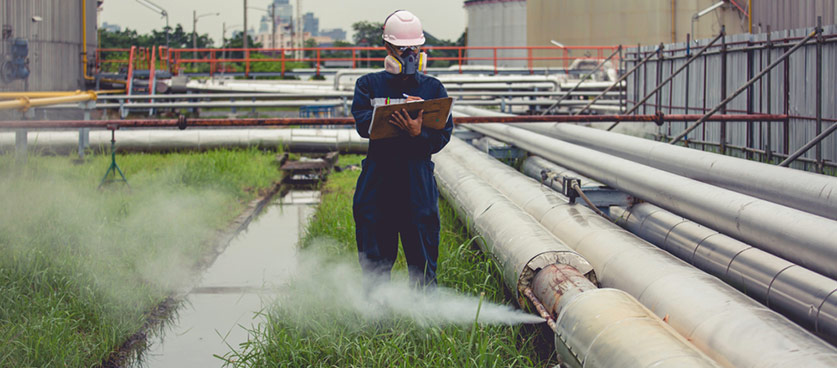
Common Customer Questions and Answers
Can liquid nitrogen be stored directly at room temperature?
Solution
No. The storage of liquid nitrogen requires a low-temperature environment, and the container needs to have good insulation to prevent gas evaporation. The boiling point of liquid nitrogen is -196° C. If it is stored at room temperature, liquid nitrogen will rapidly vaporize, resulting in a reduction in the amount of liquid nitrogen and potential safety hazards. To ensure the long-term effective storage of liquid nitrogen, specially designed low-temperature storage containers must be used. These containers can provide effective insulation and prevent the evaporation loss of liquid nitrogen.
How to ensure no leakage occurs during the transportation of liquid nitrogen?
Solution
The transportation of liquid nitrogen requires the selection of containers that comply with national and international transportation regulations, and the containers must have sealing performance and pressure resistance characteristics. To prevent leakage during transportation, it is first necessary to regularly check the airtightness to ensure that the sealing is intact. In addition, liquid nitrogen transport containers should also be equipped with pressure control systems to prevent container leakage caused by pressure fluctuations. During transportation, it is recommended to avoid severe vibration, collision or high-temperature environments to ensure the safe transportation of liquid nitrogen.
Customer Case
During the transportation of liquid nitrogen, the transportation company used professional equipment to monitor the container throughout the process. Through temperature and pressure sensors, it detected the transportation status of liquid nitrogen in real time, ensuring the stable transportation of liquid nitrogen and avoiding any leakage incidents.
What are the suitable containers and materials for liquid nitrogen storage?
Solution
Liquid nitrogen storage containers should be made of different materials and specifications according to the usage environment and purpose. Common liquid nitrogen storage containers include cryogenic liquid storage tanks and mobile cryogenic containers. These containers are usually made of high-strength stainless steel or aluminum alloy materials and have good heat insulation performance, which can effectively reduce the vaporization and evaporation of liquid nitrogen. When choosing liquid nitrogen storage containers, the sealing performance of the containers, their low-temperature resistance, and other safety requirements related to liquid nitrogen must be taken into consideration.
Customer Case
To enhance the safety of liquid nitrogen storage, a certain chemical plant has selected double-layer stainless steel liquid nitrogen storage tanks that meet international standards and equipped them with an automatic temperature control system. These storage tanks can effectively reduce the loss of liquid nitrogen and ensure the long-term stable operation of the equipment.
How should liquid nitrogen leakage be handled?
Solution
When liquid nitrogen leakage occurs, the operation of relevant equipment should be immediately stopped and personnel evacuated to a safe area. The area where liquid nitrogen leaks will rapidly consume oxygen, leading to hypoxia and increasing the risk of asphyxiation. Therefore, the leakage area needs to be ventilated promptly. To ensure safety, appropriate emergency equipment should be provided, including respirators, anti-freezing gloves, special protective clothing, etc., to prevent the occurrence of low-temperature burns or suffocation accidents. In addition, when dealing with leakage incidents, direct contact between water sources and liquid nitrogen should be avoided, as contact between liquid nitrogen and water may cause a violent reaction.
Customer Case
In an accident of liquid nitrogen leakage, a factory, through its pre-established emergency response plan, quickly evacuated its employees and activated an automatic ventilation system for gas discharge, successfully avoiding the risk of the accident further expanding and ensuring the safety of all personnel.
Conclusion
The safety of liquid nitrogen storage and transportation is directly related to the life safety of personnel and the continuous operation of enterprises. To ensure the safety and effectiveness of liquid nitrogen, it is necessary to strictly follow best practices, including regular inspection and maintenance of storage and transportation equipment, reasonable selection of storage and transportation environments, and provision of necessary operation training for employees. Regular inspection and protective maintenance are the foundation for ensuring the long-term safe use of liquid nitrogen equipment, while a reasonable selection of storage and transportation environments can effectively prevent the impact of extreme conditions such as high temperatures and strong winds on the equipment.
As a leading technology provider in the industry, MINNUO is committed to offering efficient, energy-saving and safe liquid nitrogen storage and transportation solutions for various industries. Whether it is the design of liquid nitrogen storage equipment, safety control during transportation, or the construction of emergency response systems, MINNUO provides customized services for customers to ensure that every link complies with strict safety standards. MINNUO’s efficient liquid nitrogen solutions help customers optimize operating costs and enhance safety, making it your reliable partner.


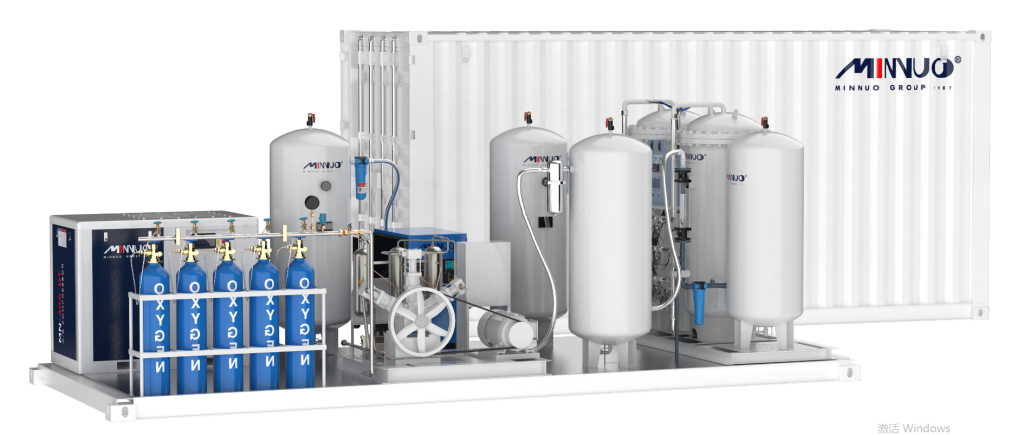
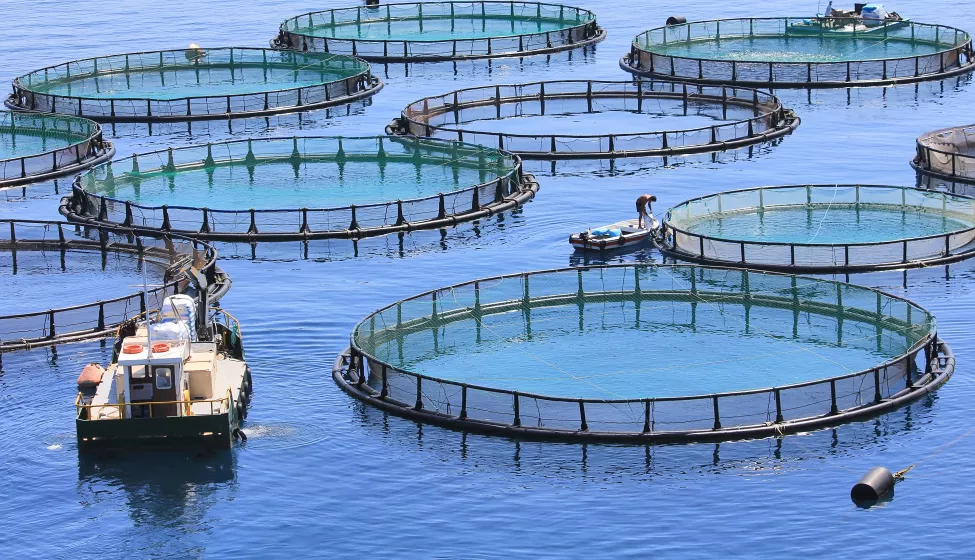


 sales2:+86 17506119168
sales2:+86 17506119168

